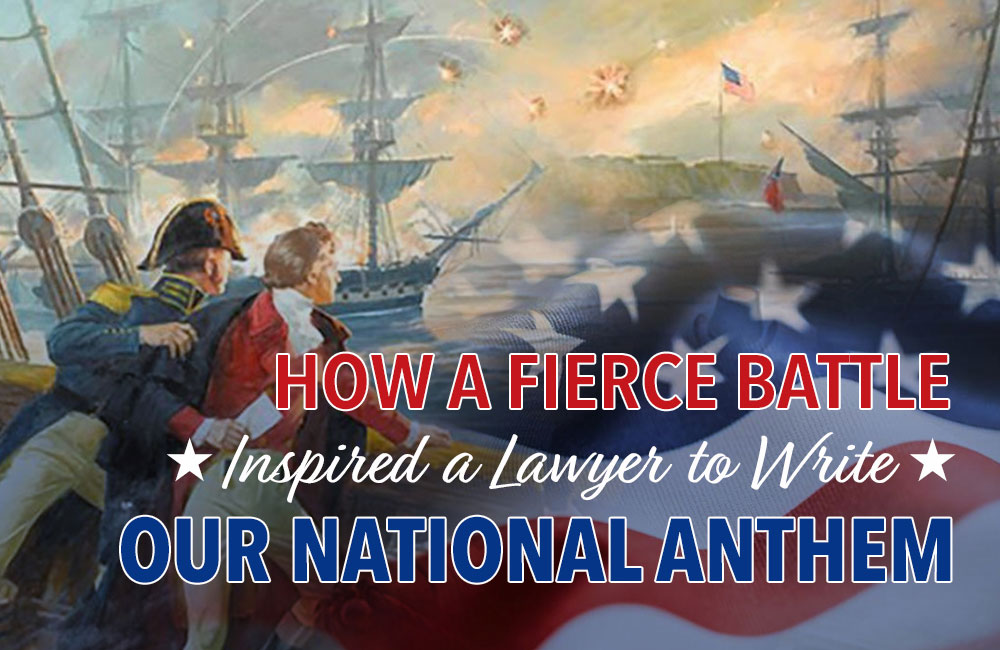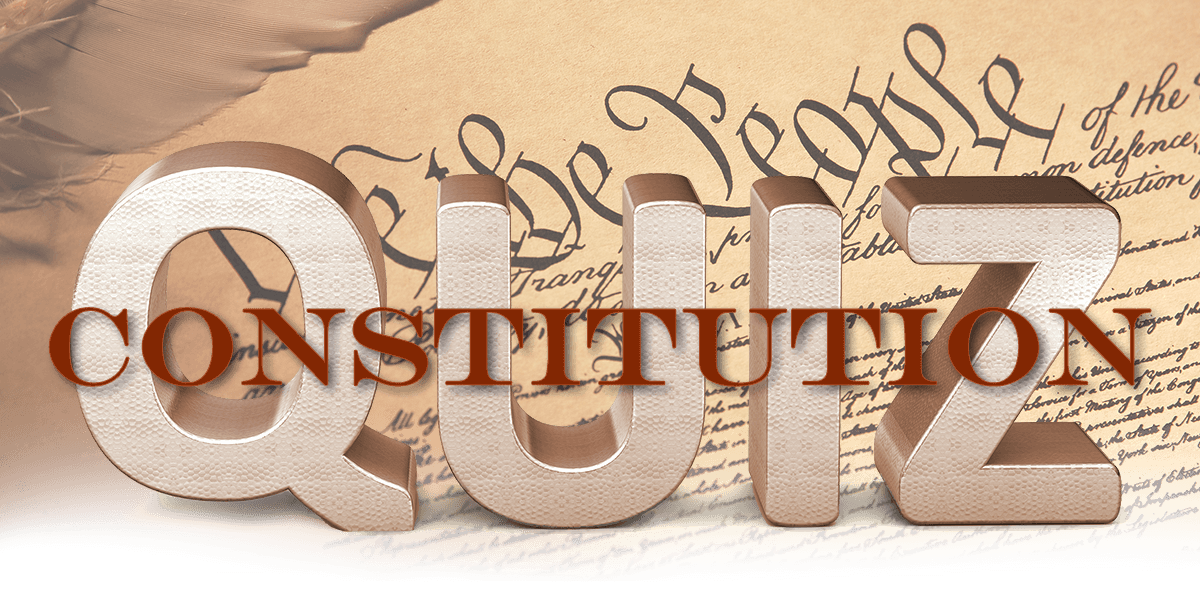How a Fierce Battle Inspired a Lawyer to Write Our National Anthem
It’s time to sing louder.
For years, we’ve sung it at sporting events, firework displays, and graduation ceremonies. We’ve taught our kids to stand tall, hand to heart, sing the words we’ve known all our lives, and honor the flag representing our freedom and founding.
“The Star-Spangled Banner” has been our official National Anthem for almost 100 years.
Lately, however, honor and even acceptance of our national symbols seem to be waning. Angry celebrities and athletes attempt to preside over public opinion as American history and politics collide. The result is an effort to reframe patriotic expression with hateful misinformation about the nation’s founding and character.
Moms, it’s time to sing louder.
It’s time to teach our children why we sing and to remind America why we stand. A great way to build patriotism in your home is to share with your family about the amazing story behind “The Star-Spangled Banner.” Who wrote it, and why?
The Battle of 1812
Nearly 30 years after the Revolutionary War ended, the United States warred against Britain again. The Battle of 1812 began over trade disagreements and overreaching British attempts to maintain influence over our young but independent nation.1
The war reached a fever pitch in 1814. British troops flooded Washington, DC, burning The White House, The Capitol, the Library of Congress, the Navy Yard, and other public buildings.2
Now, the British set their sights on Baltimore. Winning that important port city would deal a devastating blow to the United States. They attacked first at North Point, just south of Baltimore, on September 12th.3
The strategy to bomb Fort McHenry situated at Baltimore Harbor would allow ships valuable access to support the ground offensive in the city. If successful, the British would enjoy a decisive victory in the war. As battle plans were crafted, another story was unfolding as well.
A Young Lawyer and Friend
Dr. William Beanes, a respected American physician, had been on good terms with the British. The good doctor had even welcomed British officers to lodge at his estate in Maryland. That positive opinion changed when neighboring estates in his area suffered attacks and looting by British deserters. Several residents, including Beanes, came to the aid of the community by arresting and imprisoning the raiders. Suspected of being a spy, Beanes was arrested and transported to the British warship HMS Tonnant.
Francis Scott Key, a young lawyer and friend, was enlisted to help secure his release. Key was permitted to board the British ship where Dr. Beanes was held. Through negotiation, Key convinced his captors of his friend’s good reputation and character, securing his freedom.
By the Dawn’s Early Light
At the same time, the British were planning their attack on Fort McHenry. Because Key and the others could have shared vital information with the Americans, they were told they couldn’t leave until the battle was done.
On September 14th, 1814, under British guard, Key could only watch the fierce campaign from the deck through the night. More than 1500 bombs, rockets, and shells were fired at the American stronghold for 25 hours. Smoke and clamor hid the campaign’s results, leaving the young lawyer to wait and wonder. As the air gradually cleared over Fort McHenry, “by the dawn’s early light,” Key finally learned the outcome.
The American flag, still flying over the fort, meant that the attack had been unsuccessful. The United States had prevailed against the British forces.
Our Flag Was Still There
So moved by the sight, 35-year-old Key began composing a poem on the back of an envelope he’d pulled from his pocket. The dramatic scene with his deep relief revealed how a fierce battle inspired a lawyer to write our National Anthem. Though it wasn’t a song initially, the words of the amateur poet captured his wonder at seeing that our flag was still there, flying above the battle-weary fort.5
Originally titled “The Defence of Fort M’Henry,” the poem was published in several newspapers and as a handbill. What started as a meeting to mediate his friend’s release became a work that spoke clearly of American forces’ tenacity and spirit.6
It would later be put to music as the song we sing proudly today. But, the melody was not original to our nation’s stirring anthem. It was actually a well-known English drinking song, “To Anacreon in Heaven.” That melody fit the poem like a glove, and strains of the newly named “Star-Spangled Banner” soon drowned out the pub favorite’s memory.4
In 1916, President Woodrow Wilson requested it be played at all official events. On March 3rd, 1931, “The Star-Spangled Banner” was officially named our United States’ national anthem by Congress.4
If your family visits our nation’s capital, you can view the huge flag that flew over Fort McHenry’s defense during the Battle of Baltimore. The original star-spangled banner is on display at the National Museum of American History, part of the Smithsonian.
In God is Our Trust
The tune we commonly sing today is only a quarter of the original song. Most aren’t aware of the contents of the other three verses. The end of the fourth stanza contains these inspiring words:
Then conquer we must when our cause is just,
And this be our motto – “In God is our trust”
And the star-spangled banner in triumph shall wave
O’er the land of the free and the home of the brave.7
Next time you sing it, close your eyes and think of the deafening roar of bombs, the smell of smoke, and the question that loomed that night. Was America done for? Then imagine the flood of relief at the sight of our stars and stripes above the battle-scarred fort, signaling a victory that likely changed the war’s course.
Moms, the stories of those who, with heart, hand, fortune, and life, gave us the gift of a nation are ours to share. Here are some resources with more timeless stories for your family:
• Forgotten American Stories
• Adventures in Odyssey – Adventures in American History
• The American Patriot’s Almanac
Unpacking the contributions of early Americans can build a foundation that will help your kids thrive as citizens of this one-of-a-kind country. As a patriot and mom, you can use tales of heroism, triumph, and even tragedy so that your child’s generation will recognize the blessing of being a proud, grateful American.
To learn more and connect with like-minded moms, don’t forget to sign up to be part of a Cottage Meeting and our free Healing of America Virtual Series.
1 history.com
2 aoc.gov
3 nps.gov
4 history.com
5 kennedy-center.org
6 nps.gov
7 digitalmaryland.org
***





